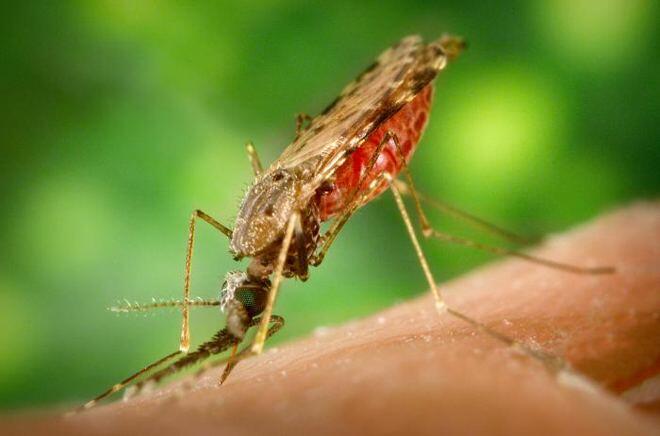
A collaboration of researchers from LSTM and the University of Oxford have mapped the risk posed by an Asian malaria-carrying mosquito that has adapted to urban life and spread to dozen of cities across Africa – estimating that 126 million additional people are now at risk of the disease.
The Anopheles stephensi, was revealed to be a new source of infection in Africa after an unusual outbreak in Djibouti City in 2012, which has been followed by severe annual outbreaks since. In a paper published in the journal the Proceedings of the National Academy of Sciences (PNAS), researchers, including LSTM’s Professor Janet Hemingway and Joshua Longbottom gauged the risk posed by A. stephensi by collecting data about everywhere it is known to occur to produce maps to places in Africa where the mosquito could also thrive as a population.
Professor Hemingway said: “Malaria already kills more than 400,000 people every year, mostly in Africa. The continents most important vector has so far been the Anopheles gambiae, which we know thrives in rural settings. The addition of the A. stephansi, which has adapted so well to city life, presents us with populations in urban settings, often without any immunity to malaria, which are now very much at risk from the disease.”
Originally dwelling in cities in Asia, it is thought that the A. stephensi spread from Asia to the Arabian Peninsula between 2000 and 2010 moving again to the Horn of Africa, where scientists first discovered it in Djibouti in 2012. It has now also been discovered in Ethiopia and Sudan, where LSTM has now received Wellcome Trust funding to carry out a transdisciplinary study into its origins and epidemiological importance.
Looking at known locations and variables such as such as mean temperatures, rainfall and human populations the team modeled where the mosquito could arrive next, reporting that 44 out of 68 African cities with a population of 1 million are potentially suitable habitats for the A. Stephensi. These cities, which include Casablanca, Lagos and Cairo are home to around 126 million people
Professor Hemingway continued: “If the A. Stephensi continues its movements in this way there is a very real possibility of mass outbreaks, which could prove catastrophic, particularly to those populations in North Africa, that currently have little or no malaria cases. It is clear that there is a need active surveillance of mosquito populations in the cities concerned, so that appropriate control measures can be put in place.”
A new malaria vector in Africa: Predicting the expansion range of Anopheles stephensi and identifying the urban populations at risk As published in PNAS, 14 September 2020 - https://doi.org/10.1073/pnas.2003976117